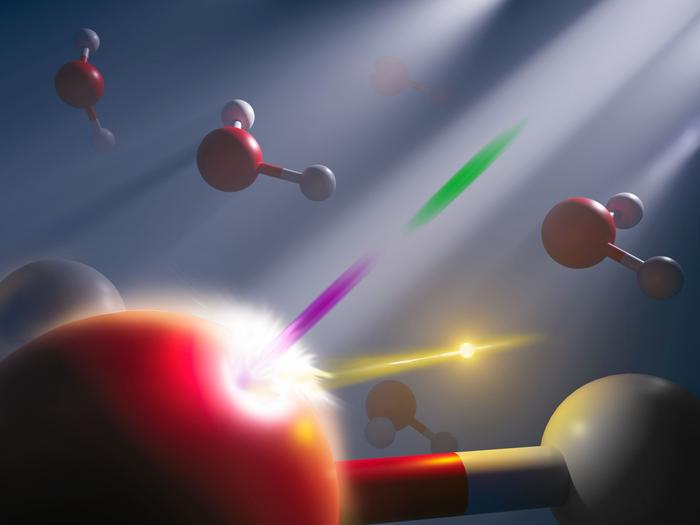There has been a lot of debate on whether space-time travel through wormholes is possible or not. Most studies have suggested these hypothetical shortcuts are not possible as any passage of a vehicle through one would instantly lead to its collapse. However, a new theory says space-time travel through wormholes may be possible after all. A wormhole is a tunnel-like connection through space and time. It has two mouths connected by a “throat,” and provides a path that a traveller could follow to a distant point.
In theory, wormholes can be made by joining the centres of black holes and white holes. This creates a tunnel through space-time. It’s necessary to join them as black holes do not let anything out, and white holes do not allow anything to enter.
According to a report by Live Science, the easiest way to construct a wormhole is to “extend” the idea of a black hole with its mirror image, the white hole. Since this idea was first proposed by Albert Einstein and Nathan Rosen, wormholes are also called Einstein-Rosen bridges.
Einstein and Rosen built their wormhole with Schwarzschild metric — one of the many indicators when it comes to black holes and wormholes. Most analyses that were done later used the same metric. However, researchers say there is one problem with this metric — it breaks down at a particular distance from the black hole, a distance known today as the Schwarzschild radius or the event horizon.
So, physicist Pascal Koiran at the French ENS Lyon school tried Eddington-Finkelstein metric, according to which particles pass right through the event horizon and fall into the black hole, never to be seen again. Unlike the Schwarzschild metric, Koiran found that the Eddington-Finkelstein metric didn’t break down at a particular distance from the black hole.
Does that mean wormholes are stable? Not really. Because if physicists tried to make a black hole-white hole combination in the real world, their energy densities would break everything apart.
Koiran’s paper is scheduled to be published in a forthcoming issue of the Journal of Modern Physics D, stated the Live Science report. The paper was described in October in the preprint database arXiv.





